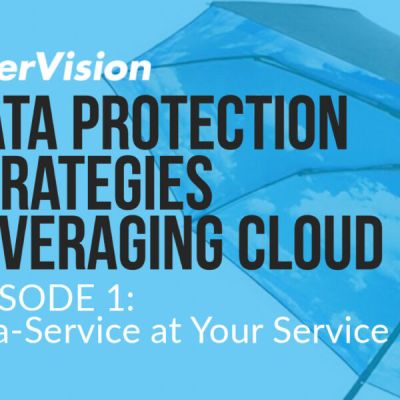A cyber-attack requires a unique recovery, so it needs to be treated as a disaster and strategized with DRaaS.
The purpose of a DR plan is to provide the rest of your organization with the confidence that when a disastrous event occurs, you can recover. But there are a lot of disaster types these days.
Ransomware is a reality of the business world. Being more dependent on technology means that unfortunately, cybercriminals know that as well.
Adam Scamihorn, Product Manager at InterVision, delves into stories of organizations that evaded disaster following a ransomware attack.
Consult with a DRaaS provider like InterVision to learn more about how DRaaS can play a role in ransomware mitigation. Taking a holistic approach to cybersecurity is the best starting point toward a better IT stance and a DRaaS plan empowers your IT team with a strong plan to recover in the aftermath of an event.
With the list of possible disruptive events that can take a business offline growing in number year over year, it’s no surprise so many organizations’ leaders are now asking IT departments to strengthen their stance against these threats. But what role can DRaaS and the cloud play in ensuring this greater resiliency?
Disaster Recovery as a Service (DRaaS), like its cousin Backup as a Service (BaaS), provides technology to ensure business continuity, a target site and infrastructure, and the management of the process that it takes to ensure its success—all delivered to you as a service. The key for DRaaS is that the target site and infrastructure are in the cloud, rather than in a on-premises datacenter as a traditional DR solution might usually entail. The management is provided by a team of professionals who live and breathe DR and backups, which allows your IT staff to reallocate valuable time to business projects of greater daily importance.














